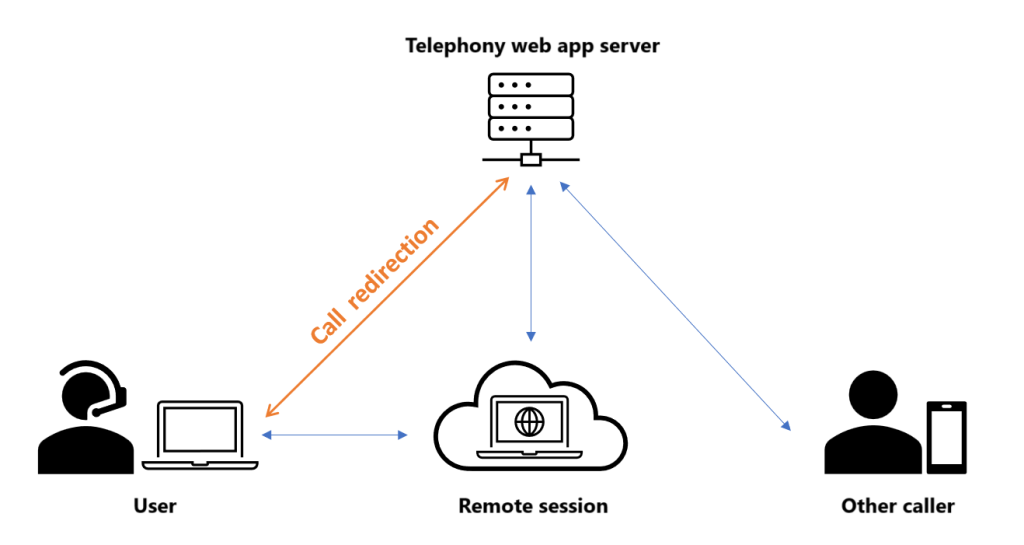Microsoft has announced the general availability (GA) of Multimedia Redirection (MMR) for call redirection in Azure Virtual Desktop, Windows 365, and Microsoft Dev Box.
MMR enables organisations and users to offload multimedia processing, including video playback and calls, to the user’s local operating system. This results in faster processing and rendering, enhancing the user experience through improved speed and quality.
While MMR for video playback has been available for some time, the call redirection feature, previously in preview, is now also generally available.
How Multimedia Redirection Works
Video Playback Redirection
The Multimedia Redirection service, combined with a browser extension for Chrome and Edge, optimises video playback for web pages with embedded videos, such as YouTube and Facebook.
The browser in the remote session fetches the video content.
Instead of rendering the video within the Azure Virtual Desktop session, the video data is sent to the local machine.
The user’s local operating system handles the decoding and rendering, leveraging the local machine’s CPU, GPU, RAM, and Network.
This technology is similar to Citrix’s Browser Content Redirection, which has significantly enhanced the user experience in Citrix VDI environments.



